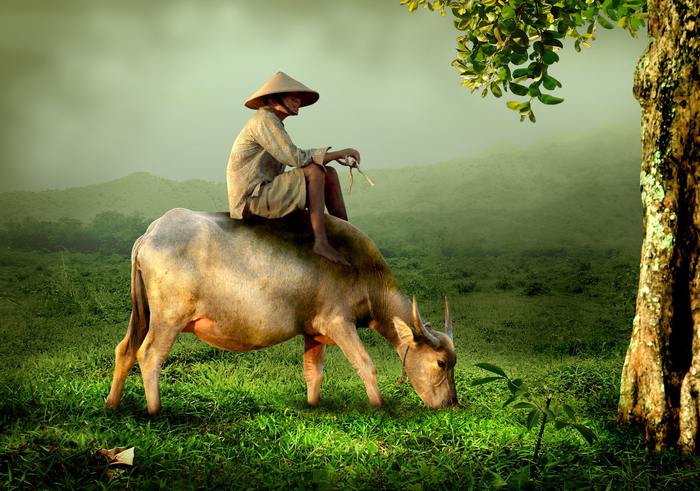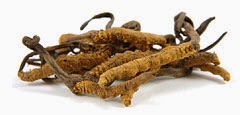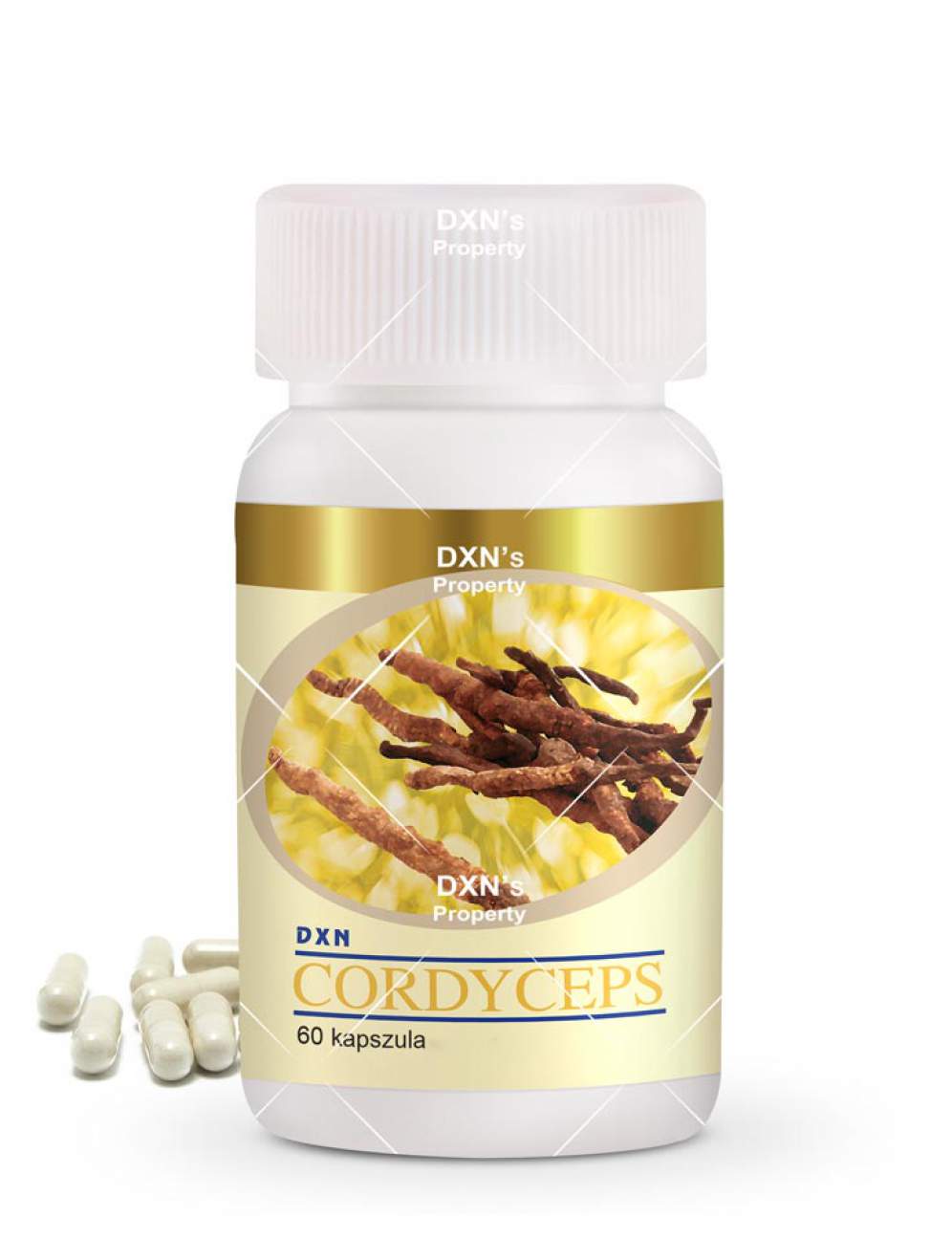
Cordyceps
Whatever they would pay for it - the Cordyceps, the Viagra of nature
Between the mountains of Tibet and Nepal, there has been a legend for centuries about a wonderful creature that transforms first from an insect / caterpillar to a plant and then from a plant to an insect / caterpillar again.
Legend has it that a shepherd once lived, grazing his yaks on snowy plateaus. The Yaks, as usual, tried to get some food in the icy countryside, so after scraping the snow with their hooves, they ate everything they found, including Cordyceps along with the fresh grass. The shepherd did not understand why they could handle the high altitude air so well, so he began to pay attention to them, for what could be good for the yak might be useful for the people.

During his investigations, he found that the yaks were eating a strangely shaped mushroom that had grown from the corpse of a caterpillar. The reckless shepherd eventually tried the mushroom on his own. He ate it and was happy with the result. As a result, he also recommended it to members of the tribe, and they too began consuming Cordyceps.
He was also introduced to the Buddhist monks, who also passed on the news of the Cordyceps, and it eventually reached China as well. The emperor's doctor also received it and decided that only those living within the walls of the imperial palace could receive this special mushroom. Everyone who found a specimen was required to deliver it.
History of Cordyceps
Cordyceps, which is also medicinally outstanding, grows in the cold, snowy and swampy areas of the 3000 m above sea level regions of China and Tibet. Knowledge and use of this mushroom has been transferred from traditional Tibetan medicine to traditional Chinese medicine. Data from various literature sources are very different on how long it has been used in China, but it can certainly be accepted that its use dates back more than 1,000 years.

Cordyceps species are insect pathogenic, ascetic (non-basidium) fungi that parasitize on dead or live insect larvae and pupae. The spores of the fungi cover it and then develop a fungus, i.e. a mycelium without a fruiting body, by developing fungal filaments. The mycelium gradually encapsulates the body of the insect, utilizing its materials, preventing its further development.
Only the skin tissue ("skin") of the host is left, and then the 4-11 cm long, stumpy or finger-shaped, bright orange-red fruit body of the fungus emerges from the head part of the host animal. The complete development cycle of the fungus lasts 5-6 years. Due to its specific developmental cycle, the Chinese believe that this fungus is a plant in summer, an animal in winter, as its name suggests, "insect (/ caterpillar) in winter (medicinal) grass".
In nature, the fruiting bodies are collected together with the "skin" of the dead insect, which is dried, strung on thin twigs or wire and tied in knots, cleaned of foreign matter.
Its use is primarily recommended to strengthen the weakened body after a long-term illness. Other traditional applications include: strengthening lung and kidney function, relieving cough, reducing lung and bronchial secretions; tuberculosis, hemorrhage, impotence, irregular menstruation, weakness in old age, treatment of lower back pain, elimination of night sweats and strengthening of the nervous system.
Viagra of nature
Cordyceps Sinensis is one of the most valued medicinally used fungal species, which is very well known among the dietary supplements of traditional Chinese medicine. Cordyceps Sinensis was successfully propagated while achieving higher drug levels under laboratory conditions.
Research has shown that Cordyceps contains large amounts of cordyceps acid, polysaccharides and vitamin B-12.
Long-term use improves immune system functions, optimizes the functioning of organs, making it very effective in maintaining health.
The role of Cordyceps in sports
Cordyceps came to the forefront of interest to Western athletes and professionals involved in their training in 1993, after the 1993 World Open Athletics Championships (Stuttgart) to the astonishment of Chinese runners in 3 numbers (1,500m, 3,000m and 10,000m gold) they won a medal.

During their preparation, the athletes regularly consumed Cordyceps on the advice of the Olympic team doctor. For a month at the Chinese National Games, a member of the team, Wang Junxiaa, in addition to World Cup gold, gained another accolade for her country and the Cordyceps, including breaking the 10,000m women's world record in cross-country. Cordyceps has been a constant focus of Western (sports) scientific life ever since.
Benefits of Cordyceps Sinensis:
- cleanses the airways
- stimulates kidney function
- improves the efficiency of the immune system
- harmonizes the function of the liver and intestinal tract
- it is also used in traditional Chinese medicine as a medicine for impotence
- lowers cholesterol levels
- raises tissue oxygen levels
Why choose DXN Cordyceps?
DXN selected the finest Cordyceps strains for propagation. The culture medium is suitably supplemented with selected nutrients.

Processing takes place in DXN's own GMP (Good Manufacturing Practice) certified, state-of-the-art plant. Full quality control of the cultivation, processing and finished product production process is ensured in DXN's own state-of-the-art laboratory.
Compilation by Attila Fődi, Dr. Péter Babulka, Dr. László Gy